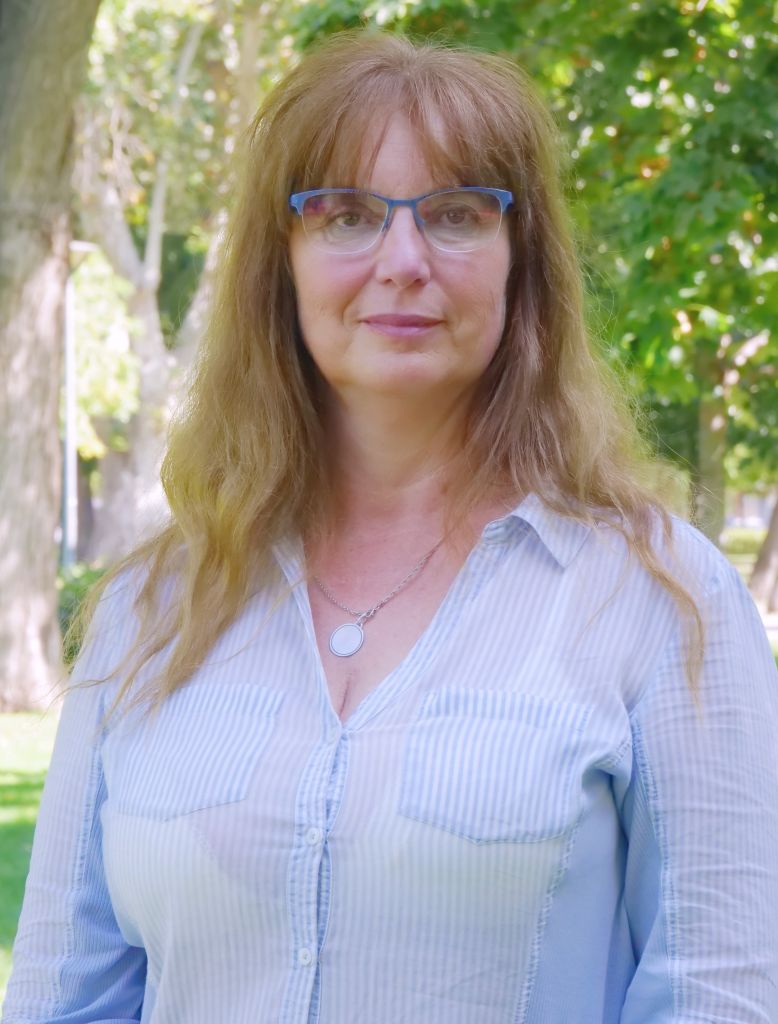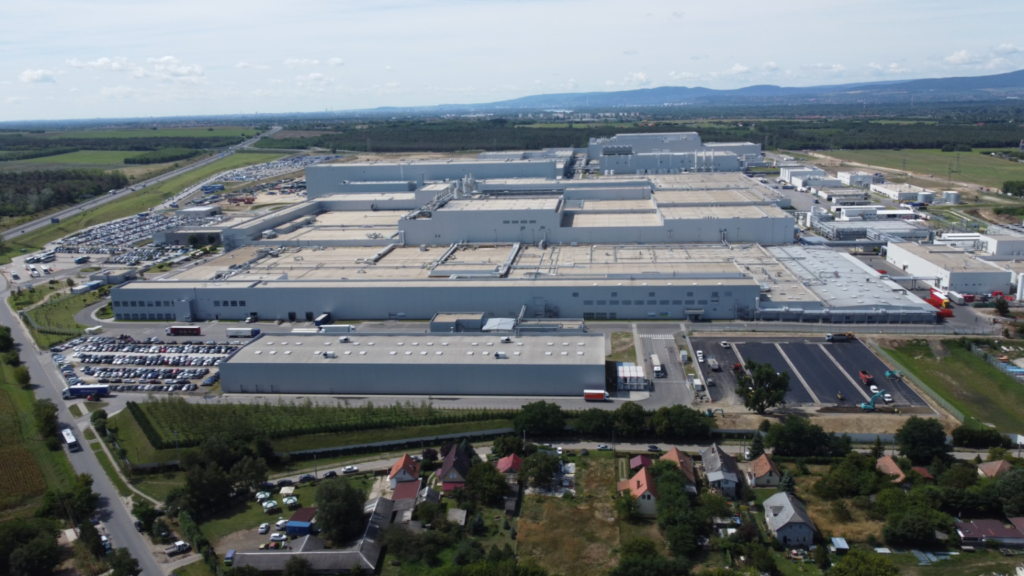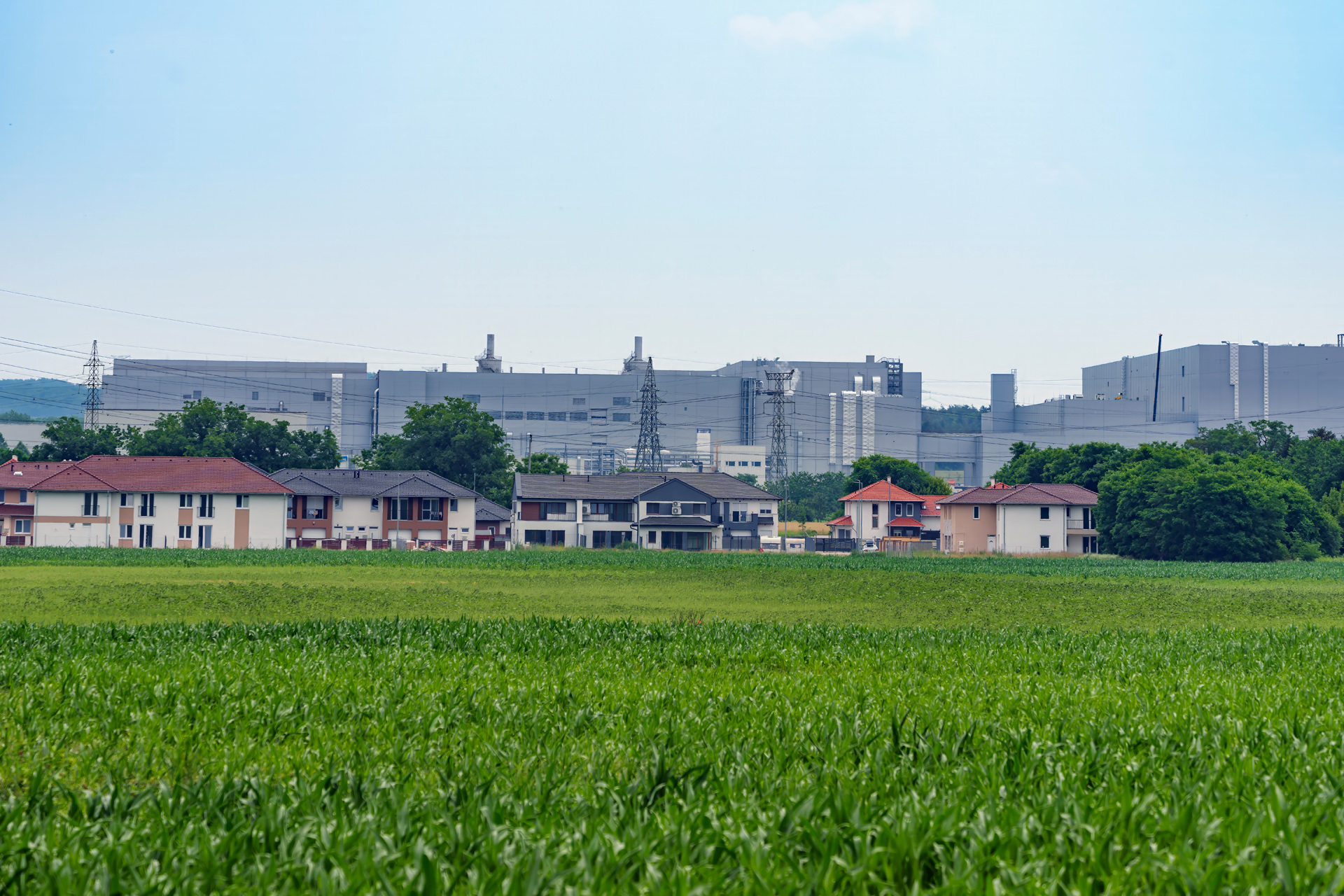The https://english.atlatszo.hu use cookies to track and profile customers such as action tags and pixel tracking on our website to assist our marketing. On our website we use technical, analytical, marketing and preference cookies. These are necessary for our site to work properly and to give us inforamation about how our site is used. See Cookies Policy
It is an amazing mystery where tonnes of hazardous waste generated at the Göd battery factory ends up
One of the main concerns about the operation of domestic battery factories is that they produce a lot of hazardous waste. Therefore, it matters how this huge amount of waste is stored or where and how it is processed. However, the process does not seem to be transparent, and there are many violations of the law by the battery industry. In this article, we look at the case of the Samsung factory in Göd.
Waste batteries in illegal warehouses, missing declarations and fines amounting to millions of HUF are just a few examples of the anomalies in the waste management of domestic battery industry operators. The issue of waste in and out of the Samsung factory in Göd has so far only been touched on indirectly, with stories on illegal storage in Iklad and Abasár reporting that Samsung’s name appeared on several waste sites and even in a bundle of documents found in Iklad.

However, the Göd plant, which has been operating for five years without an environmental permit, was the subject of an environmental review in September, which also highlights several inconsistencies in waste management.
57 thousand tonnes of waste have no “owner”
According to the impact assessment documentation for the authorisation process, Samsung SDI will only collect hazardous and non-hazardous waste generated at its factory – 57,000 tonnes in 2022 – and transfer it to its authorised partners. The documentation mentions only one of these companies, Éltex Kft, which rents several facilities on the Göd factory site, where it can collect and treat 16 290 tonnes of waste per year.
We wrote about Éltex, a big player in the domestic waste management sector, earlier when the authorities fined the company several times. Válasz Online wrote earlier that Éltex was linked to the circle of István Tiborcz, the son-in-law of the Prime Minister, through Global Refuse Holding Zrt., which became a majority shareholder in the company in 2022 and is owned by the Central European Opportunity Private Equity Fund (CEOM).
In Göd, Éltex is not only involved in the collection of waste but also in its pre-treatment – in two halls it disposes of discarded batteries and cells. Although Samsung does not provide data on the amount of waste, according to the inspection documentation, the Göd plant generated 2,700 tonnes of this type of waste, classified under code 16 06 05, last year.
In light of the above data, it is rather strange that the Government Office replied to our FOI request on the waste management of Éltex at the Göd plant last year with the following: “Éltex Kft. stated in its data submission for the Göd site for the year 2022 that the amount of waste generated at the site in the reporting year did not reach the amount specified in the Government Decree, and
no waste treatment activities were carried out at the site in the reporting year (zero reporting).”
The Göd-ÉRT Association, which has submitted several points to the authority in connection with the ongoing environmental procedure, also asked about the missing data in the waste declaration. However, the Government Office only replied that if the authority found any deficiencies in the declaration of Éltex Kft., it would ‘take the necessary measures’.
The Göd-ÉRT also criticised the fact that the review did not include a description of the environmental impact of the neutralisation of discarded batteries. The Authority also rejected this objection, arguing that only Samsung SDI’s activities were addressed in the procedure.
The association also asked which other companies had disposed of the 57,000 tonnes of waste from the Göd plant and in what quantities, but there was no information on this in the investigation file. The opposition party Párbeszéd – ZÖLDEK considers the issue of missing waste data the most serious contradiction in the review. The concealment of the data also raises suspicions of criminality, says the politician of the party, Benedek Jávor in a Facebook post.
The authority also says the data is incomplete
It seems that the licensing authority also noticed the unclear issues. The 60-day deadline for the procedure was supposed to have expired at the beginning of November but the authority – in addition to requesting more information on noise and other emissions – has repeatedly asked Samsung SDI and Generisk Kft., the company carrying out the review, to provide information on waste. As a result, Samsung has subsequently submitted several documents and a Waste Management Plan, which still does not answer several questions.
The new declarations show that Samsung SDI Hungary’s Göd plant is in contact with 13 waste collection companies.
However, Samsung does not say how much waste is taken over by each of these companies, who takes it over, and where it is transported
– and the environmental authorities do not seem to have any information on this either.
Of course, among the receiving companies is Éltex Ltd. But, strangely, the company’s identification data do not include the identification number of the Göd site but that of the Kistarcsa site. It is no coincidence: while Éltex is not supposed to have carried out waste management at its Göd site, an amendment to its permit issued in June 2023 allows it to collect and treat 85,000 tonnes of waste per year at its Kistarcsa site.
Some of the waste from battery production is processed by Éltex in Kistarcsa: the end product of the process is a mixture of NMC (lithium-nickel-manganese-cobalt) and graphite – a 0.4 mm “black powder” used in battery factories – which, once removed from the waste status, can in principle be reintroduced into the battery production process. However, during a site visit to the Kistarca site, the CEO of Éltex stated that no battery processing was taking place at the site.
Another processing company, SungEel Ltd, is also mentioned by Samsung, in connection with the suspension of the battery recycling company SungEel Ltd, which is a serious problem for the Göd plant.
EU to tighten battery waste classification
Deleted: The company also says that in the future it will aim to reduce waste and recycle as much of the materials used as possible. At the same time, it is a fact that when their second factory in Göd comes on stream at full capacity, even more waste and waste water will be generated.
Deleted: They also admit: “The recycling capacities currently in place are limited, provide only the initial steps of recycling, and may be of concern from a technical safety and environmental point of view.” It is also a fact that the recycling of black mass produced in processing plants is not solved in Hungary, and its energy costs are extremely high, according to an analysis.
However, the classification of battery waste in Europe is changing. At present, discarded and discharged batteries are classified as non-hazardous waste, under the waste code 16 06 05 mentioned above. However, in its answer to a written question from an MEP, the European Commission promises to complete the European waste list by 2024. This means that lithium-ion battery waste in Europe will be treated as uniform hazardous waste.
And the introduction of the new waste type is expected to put an end to the absurd practice of
currently classifying discarded lithium-ion batteries containing flammable and toxic substances as non-hazardous waste under the non-hazardous waste code.
This is “favourable” for battery companies in several ways – for example, it means they have to pay much lower fines.
Translated by Zita Szopkó. The original, more detailed Hungarian version of this story was written by Zsuzsa Bodnár and can be found here.


